Around the world, certain countries have gained recognition for their exceptional culinary experiences. These places have crafted meals that not only satisfy hunger but also create lasting memories. From bustling street markets to elegant dining establishments, these 15 countries with the best cuisines have everything you desire.
Simply knowing these cuisines is like going on an adventure. Every bite can transport you to a different part of the globe, introducing you to new tastes and aromas. Whether it’s the spices of one region or the fresh produce of another, each country brings something special to the table. In this article, we’ll highlight the countries celebrated for their outstanding food, showcasing the unique dishes that have captured the hearts and palates of people everywhere!
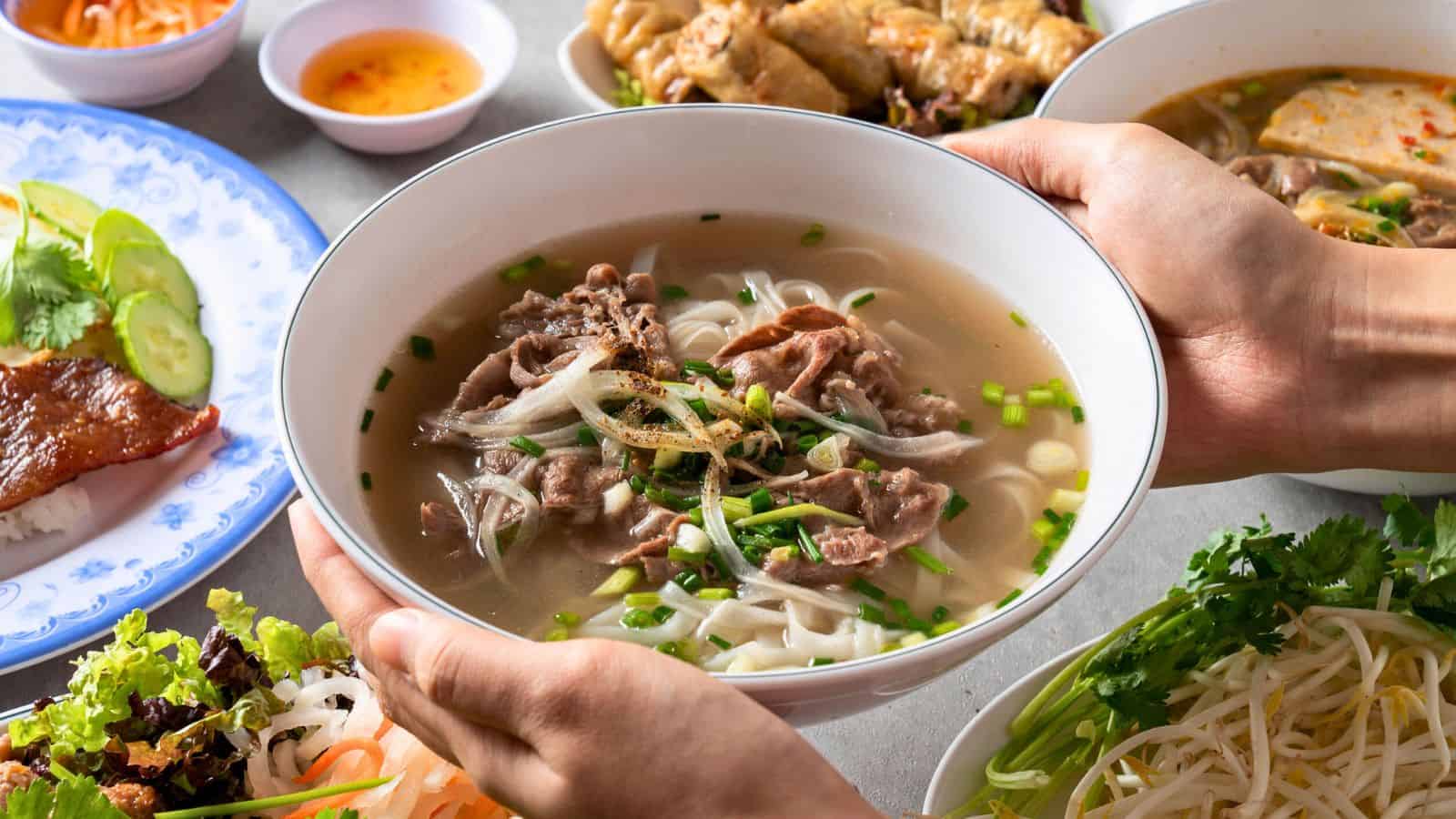
Lebanon
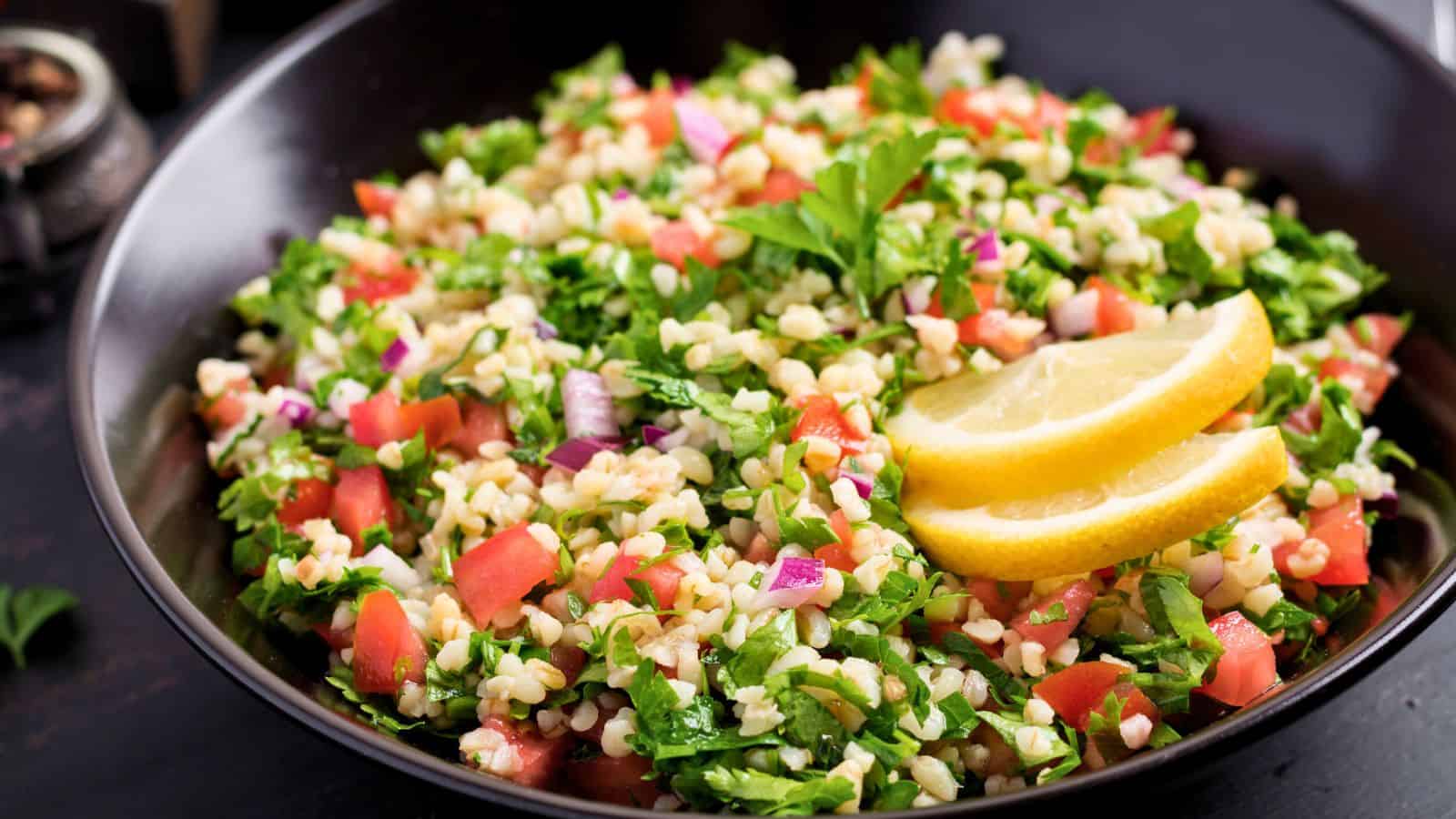
Renowned for its fresh ingredients and vibrant flavors, Lebanese cuisine places a strong emphasis on the use of herbs, spices, and healthy fats. Signature dishes include tabbouleh, kibbeh, and hummus, showcasing the importance of vegetables and legumes. Meze, a variety of small dishes, is central to dining culture, encouraging sharing and social interaction. The addition of olive oil, garlic, and lemon enhances the depth of many recipes. Regional specialties, such as grilled meats and seafood, reflect Lebanon’s Mediterranean location. Festivals and gatherings often feature elaborate spreads, highlighting the cultural significance of food and hospitality in Lebanese society.
Japan
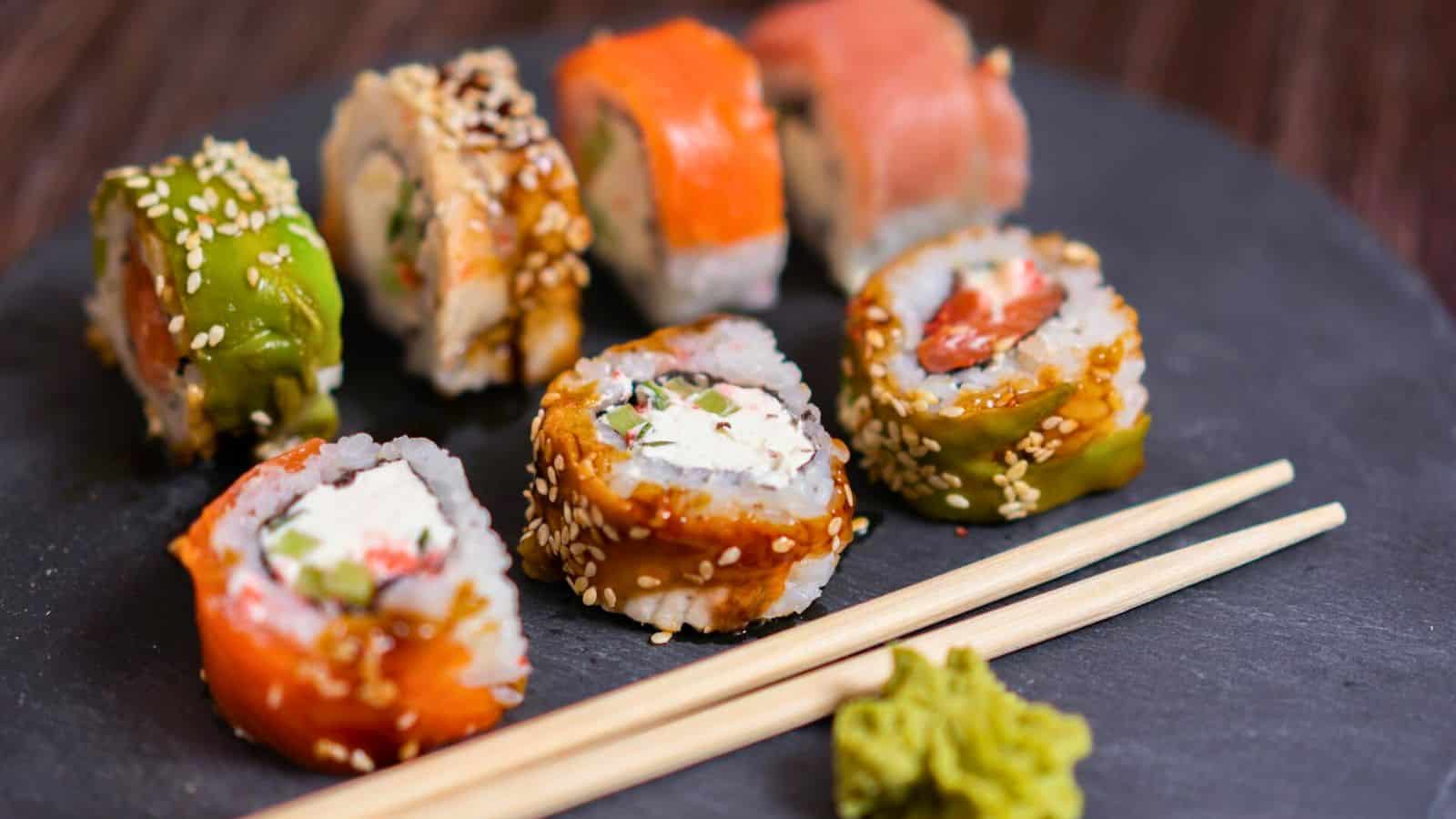
Emphasizing seasonal ingredients and presentation, Japanese food transforms each dish into a work of art. Sushi, sashimi, and ramen are widely recognized, showcasing the freshness of seafood and umami flavors. Traditional meals often consist of rice, miso soup, and pickled vegetables, highlighting balance and harmony. The tea ceremony exemplifies cultural significance, with matcha playing a central role. Festivals like Hanami celebrate the cherry blossoms with special foods, while regional specialties, such as okonomiyaki in Hiroshima and kaiseki in Kyoto, reflect the diversity and depth of Japan's culinary landscape.
Spain
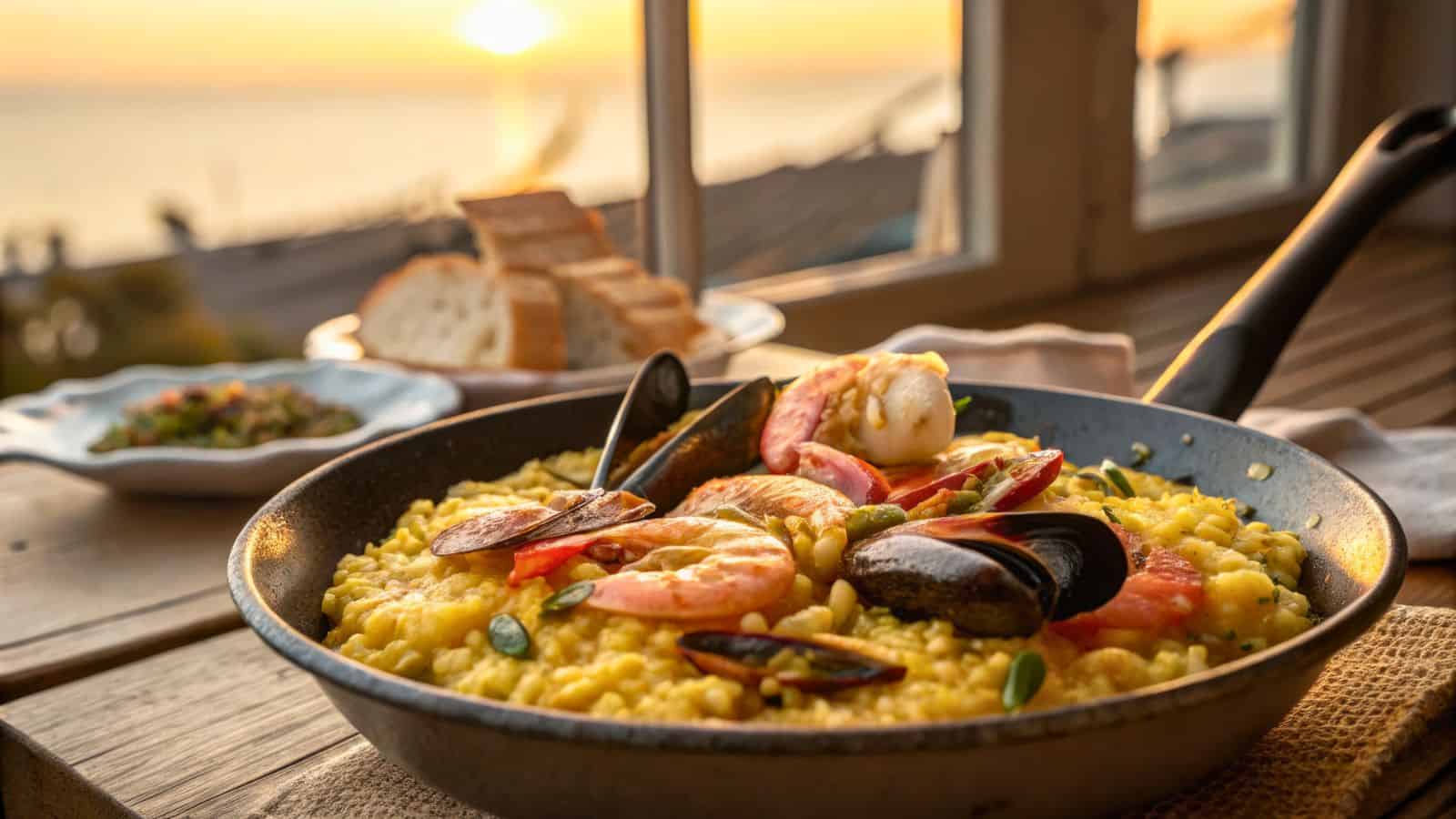
Known for its vibrant flavors and communal dining, Spain features dishes that reflect regional diversity. Tapas, small plates ranging from patatas bravas to jamón ibérico, encourage sharing and socializing. Paella, originating from Valencia, is a renowned rice dish typically prepared with seafood or meat. The use of fresh vegetables, olive oil, and spices like saffron enhances many recipes. Spain’s wine regions, including Rioja, produce renowned wines that complement meals. Festivals like La Tomatina celebrate food in unique ways, showcasing the importance of gastronomy in Spanish culture.
Morocco
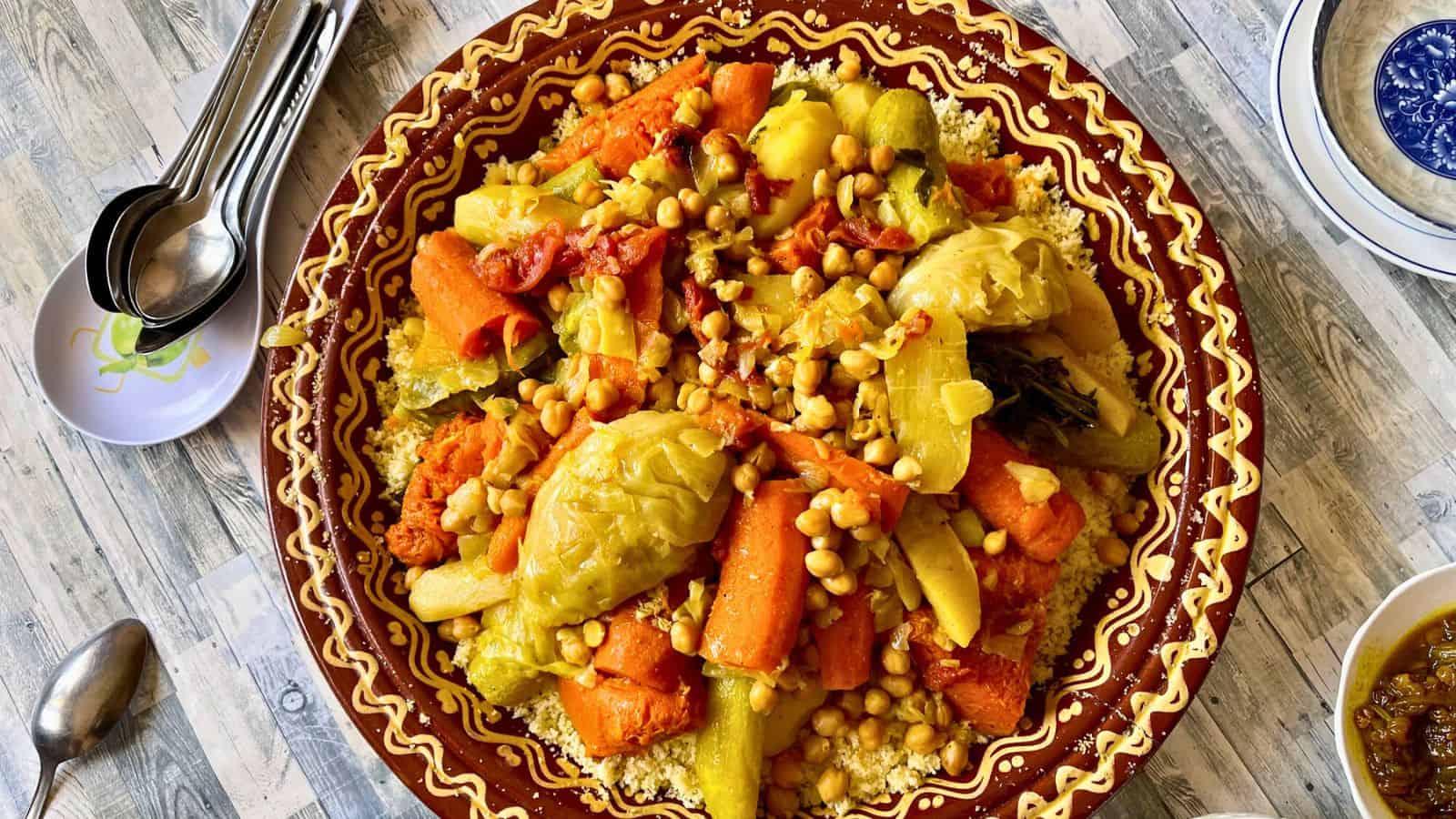
Known for its aromatic spices and intricate flavors, Moroccan cuisine reflects a blend of Berber, Arab, and Mediterranean influences. Signature dishes include tagine, couscous, and pastilla, which showcase the use of spices such as saffron, cumin, and cinnamon. Meals are often served communally, with bread as a staple. The tradition of mint tea is central to hospitality, symbolizing warmth and friendship. Regional specialties, such as seafood from Essaouira and the use of preserved lemons, highlight Morocco’s diverse culinary landscape. Festivals often feature elaborate meals, celebrating the importance of food in Moroccan culture.
France
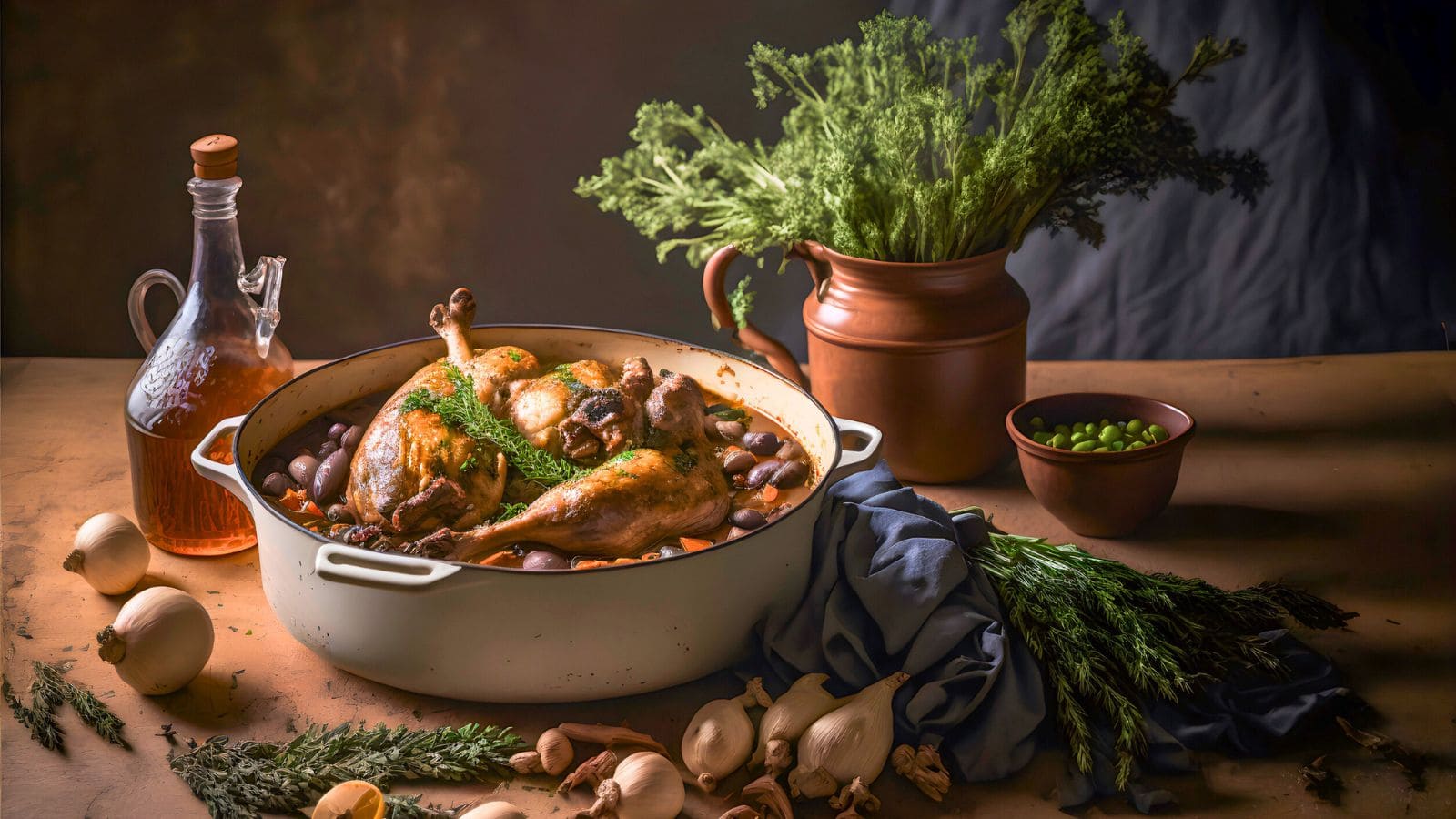
Celebrated for its refinement and technique, French culinary practices have a profound influence on global gastronomy. Classic dishes include coq au vin, bouillabaisse, and ratatouille, all of which showcase fresh vegetables and herbs. Pastries, such as croissants and macarons, highlight the country’s baking prowess, while cheese varieties like Brie and Roquefort are essential to the dining experience. Wine pairing enhances meals, with Bordeaux and Burgundy being famous for their vineyards. Traditional cooking techniques, such as sous-vide and confit, have laid the groundwork for modern gastronomy, making France a cornerstone of global food culture.
Greece
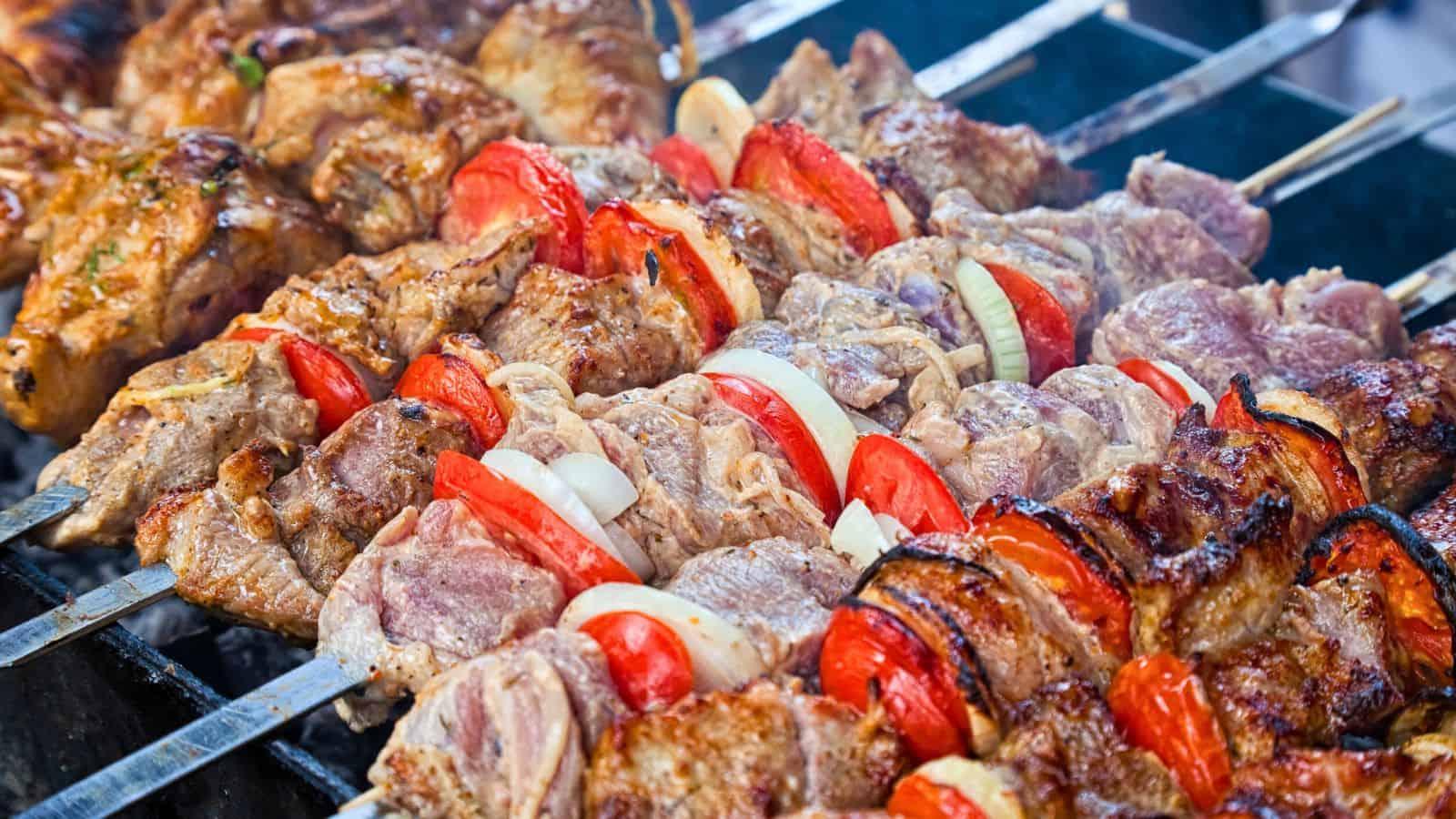
Rich in history and tradition, Greek food emphasizes fresh ingredients and bold flavors. Signature dishes include moussaka, souvlaki, and tzatziki, showcasing the use of olive oil, lemon, and herbs such as oregano. The Mediterranean diet is a cornerstone of Greek cuisine, characterized by an abundance of vegetables, grains, and seafood. Meze, a selection of small dishes served with drinks, encourages sharing and social interaction. Regional specialties, such as Cretan cheese and Santorini tomatoes, reflect local agricultural practices. Festivals celebrating olives and wine further highlight Greece's profound connection to its culinary heritage.
Turkey

A crossroads of cultures, Turkish cuisine reflects a blend of Middle Eastern, Mediterranean, and Central Asian influences. Signature dishes include kebabs, mezes, and baklava, showcasing the use of spices, fresh herbs, and nuts. Bread, particularly pide and lavash, is a staple, often served with meals. The tea culture is significant, with Turkish tea enjoyed throughout the day. Regional specialties, such as seafood from the Aegean and unique desserts like künefe, showcase the country’s diverse culinary offerings. Festivals celebrating food, such as Ramadan, showcase the importance of hospitality and sharing in Turkish culture.
Italy
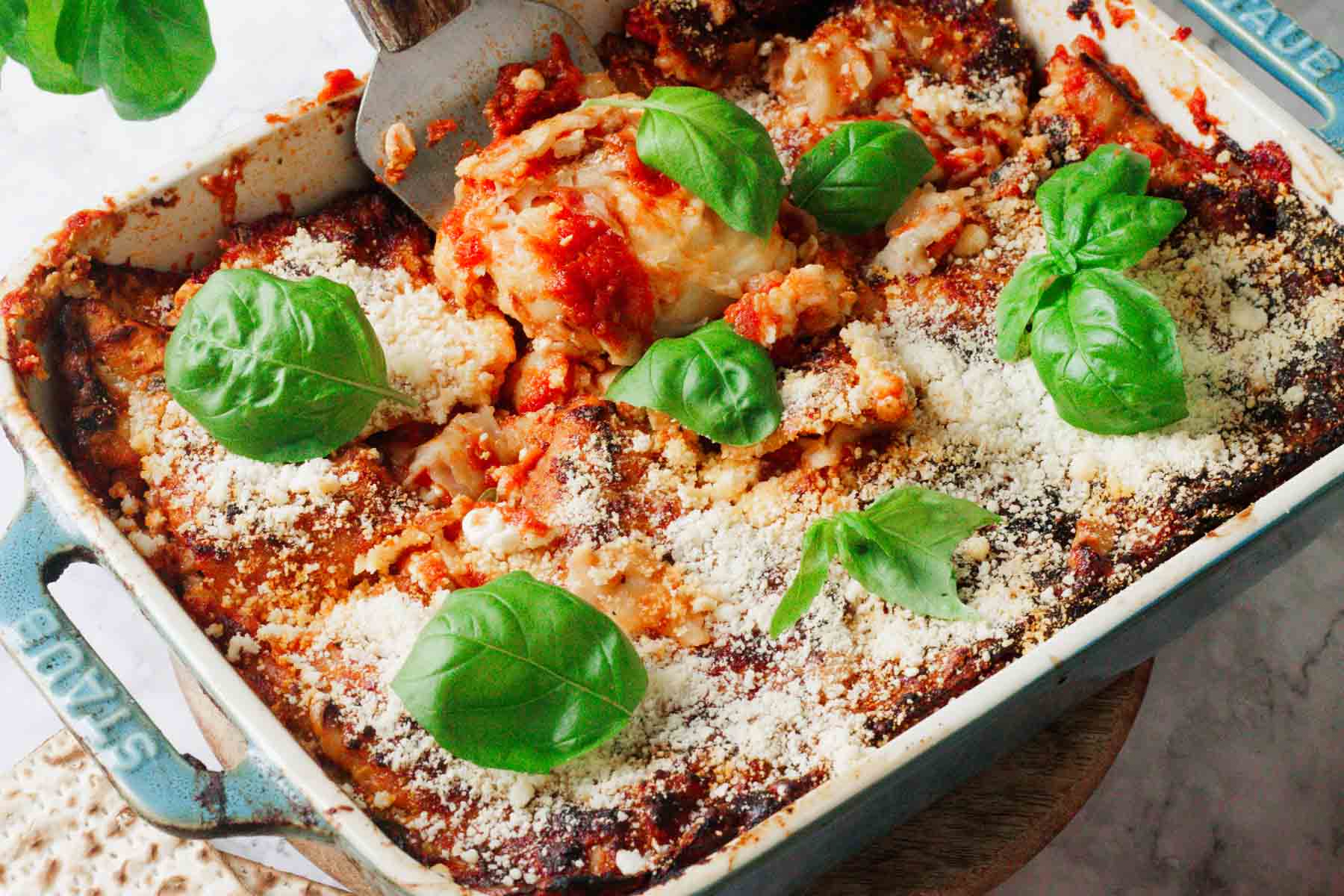
Renowned for its regional diversity and emphasis on fresh, high-quality ingredients, Italy is home to signature dishes such as spaghetti carbonara, lasagna, and risotto. Pizza, which originated in Naples, is a staple, while the use of herbs, olive oil, and cheeses such as Parmesan and mozzarella enhances flavors. Italy's wine culture is significant, with regions like Tuscany producing world-class wines. Festivals celebrating food, like truffle festivals in Alba, showcase the rich gastronomic heritage. Street food options, including arancini and gelato, further exemplify Italy’s vibrant food scene.
Peru

Celebrated for its biodiversity and fusion of flavors, Peruvian cuisine is a blend of indigenous ingredients and influences from Spanish, African, and Asian cultures. Signature dishes include ceviche, lomo saltado, and causa, showcasing fresh seafood and distinctive ingredients such as quinoa and aji peppers. The use of potatoes, with thousands of varieties, is a hallmark of Peruvian cooking. Street food culture thrives, with options like anticuchos (grilled skewers) and churros widely enjoyed. Festivals celebrating local produce, such as the Potato Festival, highlight the rich agricultural heritage and culinary creativity of Peru.
Vietnam
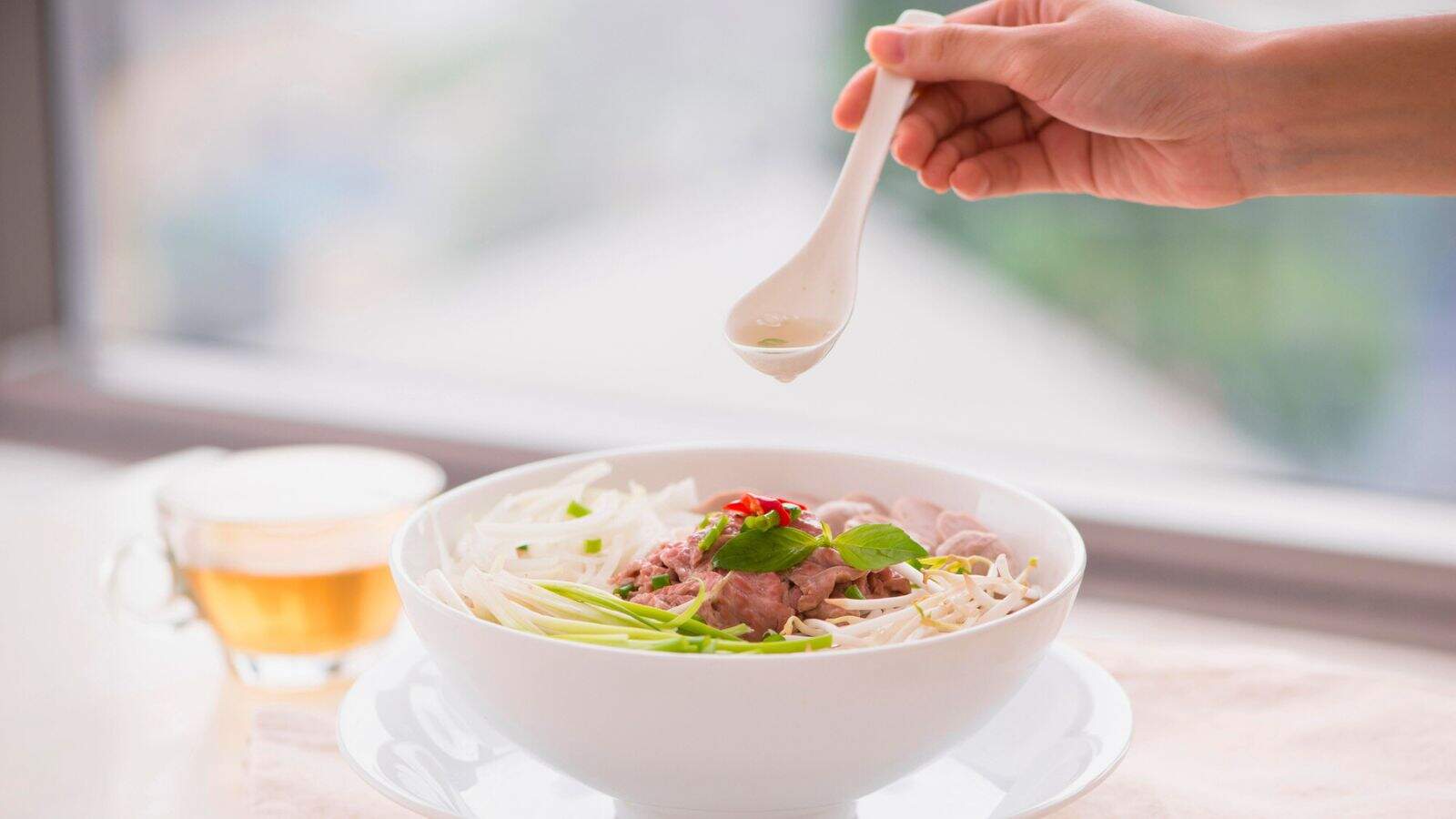
A vibrant tapestry of flavors, Vietnamese cuisine emphasizes fresh herbs, vegetables, and a balance between sweet, sour, and spicy elements. Signature dishes include pho, banh mi, and spring rolls, showcasing the use of rice noodles and aromatic ingredients. Street food culture is prominent, with bustling markets offering a variety of dishes, from bun cha to cao lau. The influence of French colonialism is evident in pastries and coffee culture. Festivals like Tet, the Lunar New Year, feature traditional foods that reflect the cultural significance of family and community in Vietnam.
Brazil

A rich blend of indigenous, African, and European influences, Brazilian cuisine showcases diverse flavors and ingredients. Signature dishes include feijoada, a hearty black bean stew, and acarajé, deep-fried balls of black-eyed peas filled with shrimp. The use of tropical fruits, such as açaí and guava, adds a refreshing touch to many recipes. Street food culture thrives, with options like pastéis and coxinhas enjoyed at festivals and gatherings. Regional specialties, such as Bahian seafood and southern churrasco, highlight Brazil’s vast geographical diversity. Celebrations like Carnival feature food as an integral part of the festivities, showcasing the country’s vibrant culture.
Mexico
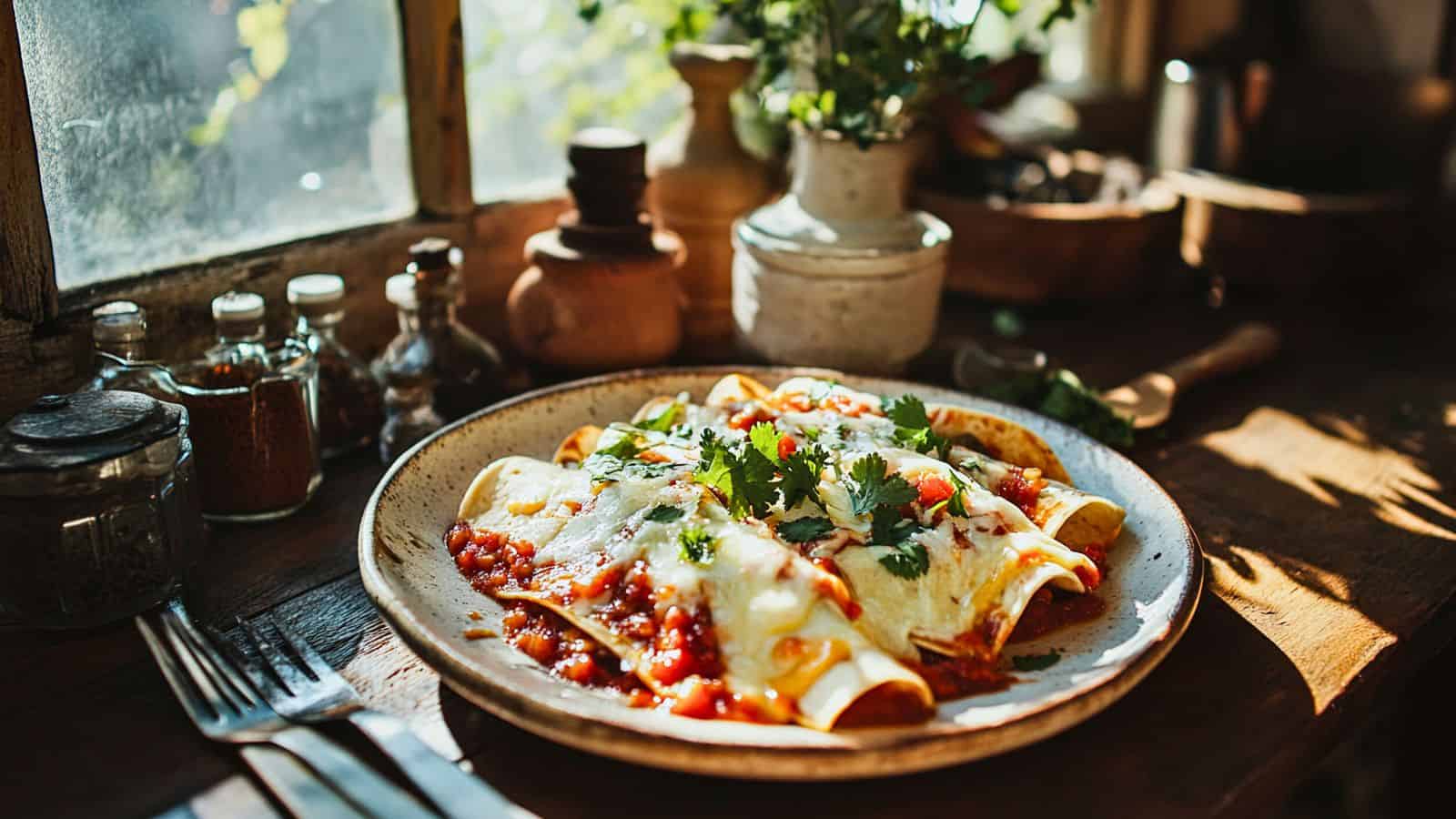
Diverse and rooted in indigenous traditions, Mexican food is influenced by Spanish colonization. Signature dishes include tacos, enchiladas, and mole, all of which emphasize the use of corn, beans, and chili peppers. Fresh ingredients shine in salsas and guacamole, often served alongside meals. Its thriving street food culture offers tamales and elote (grilled corn). Regional specialties, such as Oaxacan cheese and Yucatecan cochinita pibil, showcase the country’s rich culinary heritage. Festivities like Día de los Muertos feature special foods, emphasizing the connection between culture and cuisine in Mexico.
India

A tapestry of flavors and spices, Indian food varies widely across regions, each with its own distinct characteristics. Signature dishes include biryani, butter chicken, and dosas, showcasing the use of spices like cumin, coriander, and turmeric. Vegetarianism is prominent, with lentils and legumes forming the basis of many meals. Street food culture thrives, with popular items like chaat and vada pav. Regional specialties, such as Goan seafood and Bengali sweets, highlight the diversity of ingredients and cooking styles. Festivals like Diwali feature elaborate feasts, celebrating the rich culinary heritage of India.
Thailand

Characterized by bold flavors and aromatic ingredients, Thai dishes often combine sweet, sour, salty, and spicy elements. Signature meals include pad Thai, green curry, and tom yum soup, showcasing fresh herbs like basil and cilantro, along with spices such as chili and garlic. Vibrant street food culture features vendors serving tamales and mango sticky rice. Coconut milk adds richness to many dishes, while regional variations highlight local ingredients. Festivals like Songkran feature food as an integral part of celebrations, reflecting Thailand's rich traditions and cultural heritage.
China
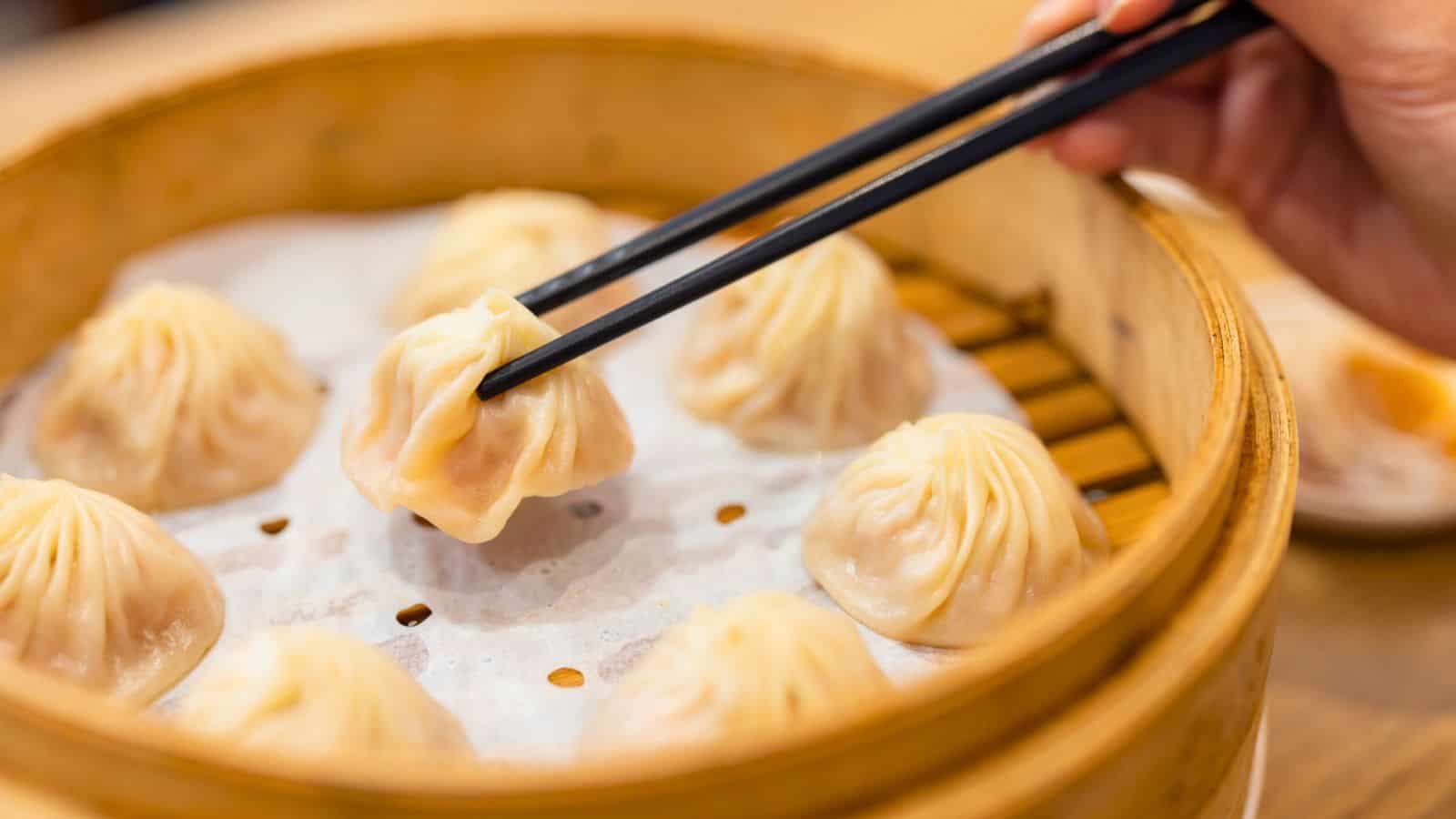
A vast and diverse culinary landscape, Chinese food varies significantly across regions, each with its own flavors and techniques. Signature dishes include Peking duck, dim sum, and kung pao chicken, showcasing ingredients like rice, noodles, and a variety of vegetables. The use of spices and sauces, such as soy sauce and five-spice powder, adds complexity to the flavors. Street food culture thrives, with options like baozi and jianbing widely enjoyed. Festivals like the Chinese New Year feature traditional foods, emphasizing the cultural significance of cuisine in China’s rich heritage.
Go Grab Your Passport!
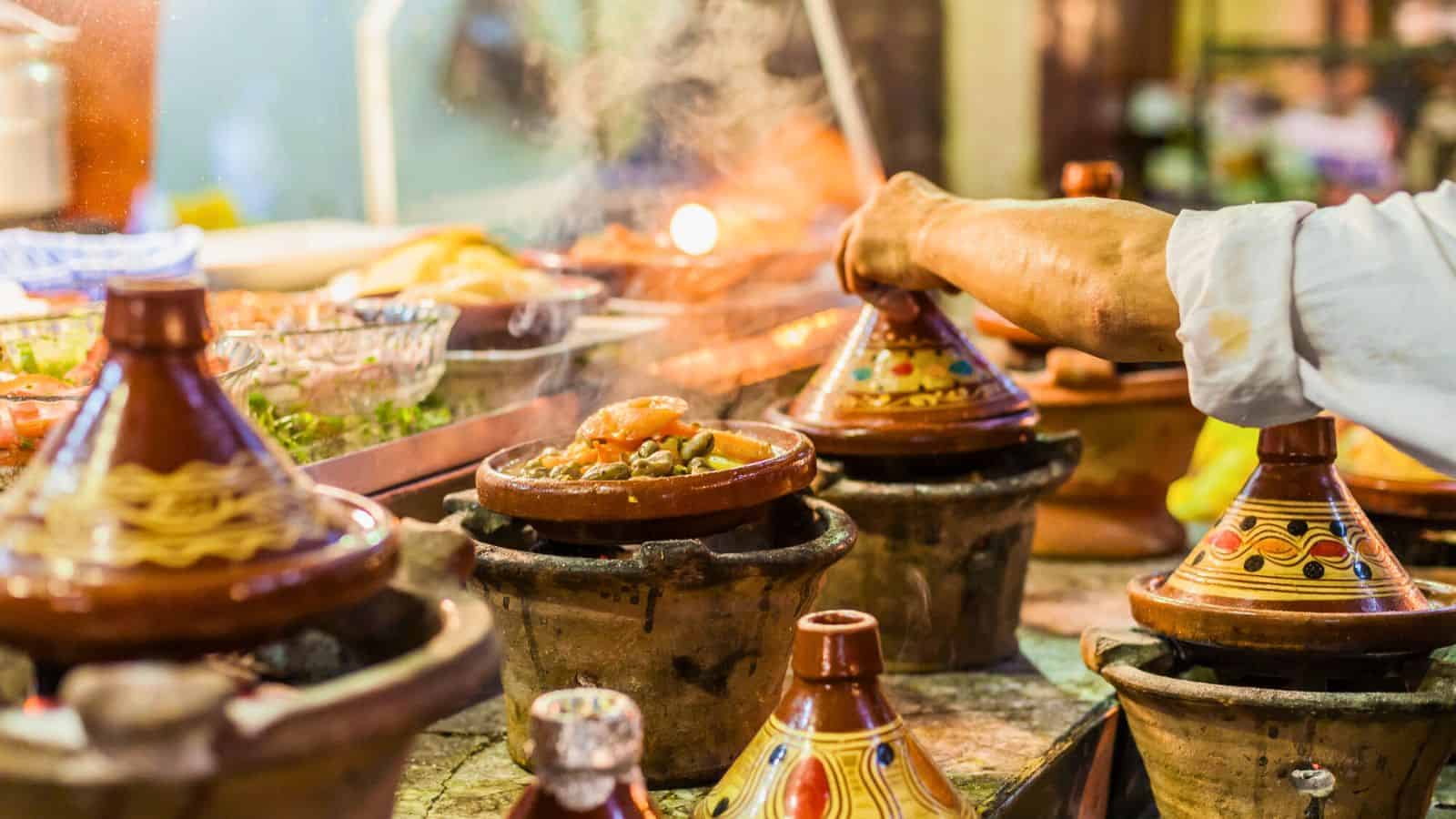
It's clear that the world is full of amazing cuisines waiting to be explored. Each country we highlighted has its own distinct tastes and traditions that make its food special. From the vibrant spices to the fresh ingredients, these dishes reflect the culture and history of their regions. Trying new foods can open up a world of experiences, bringing people together and creating unforgettable moments.
Whether you’re planning your next meal or dreaming of your next travel destination, remember that food is more than just sustenance. It’s a way to connect with different cultures and share in their stories. So, don’t hesitate to dive into the rich flavors and unique dishes from these remarkable countries. Embrace the adventure of tasting the best cuisines the world has to offer, and let your palate lead the way to new experiences!
Desserts That Show Other Countries Are Doing It Better

Desserts from around the world showcase the diverse ways different cultures create sweets in unique and delicious ways. Some countries utilize simple ingredients in innovative ways to create rich flavors, while others have perfected their recipes over generations. These 19 desserts demonstrate that other countries have perfected the art of satisfying a sweet tooth in unique and outstanding ways. If you’re looking for something different from the usual cakes and cookies, these treats offer a new way to enjoy something sweet.
Read it Here: 19 Desserts That Show Other Countries Are Doing It Better
Intriguing Food Customs from Different Countries Across the Globe

Across the globe, people have developed these 11 truly fascinating food customs. These practices are steeped in history and meaning, reflecting the values and lifestyles of the communities that follow them. Whether it's a shared meal that brings everyone together or a unique way of showing respect, these customs add a rich layer of experience to the act of dining.
Read it Here: 11 Intriguing Food Customs from Different Countries Across the Globe


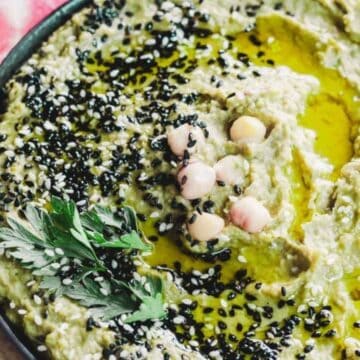
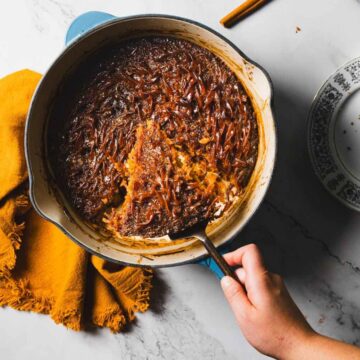


Tell Me What You Think!